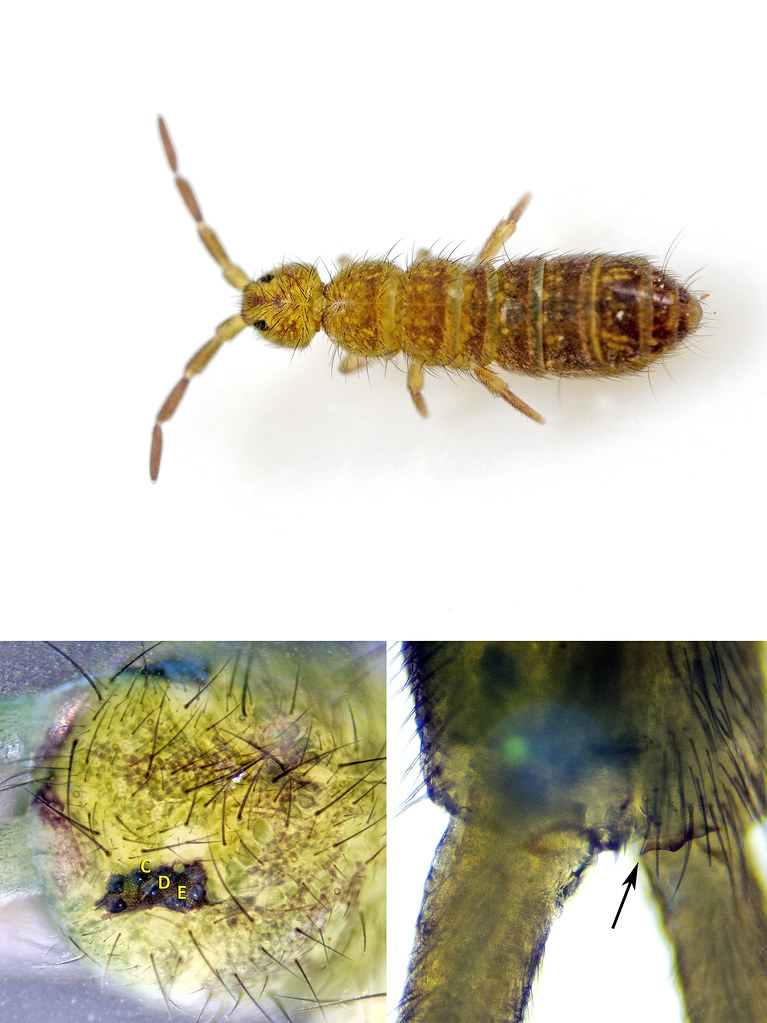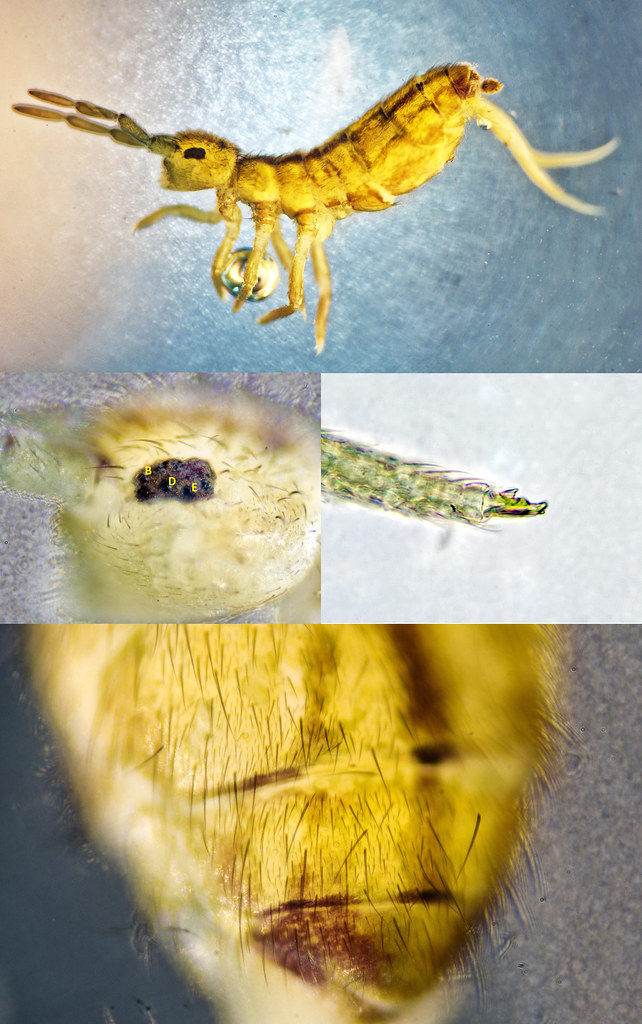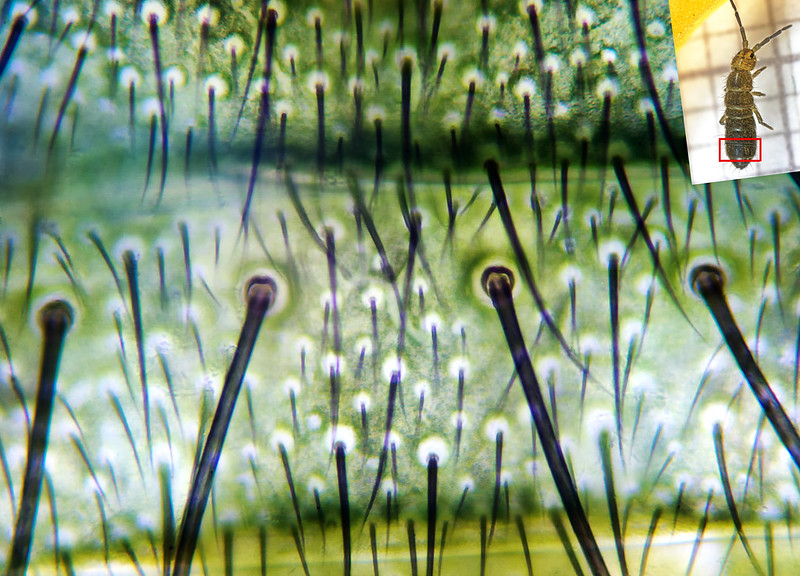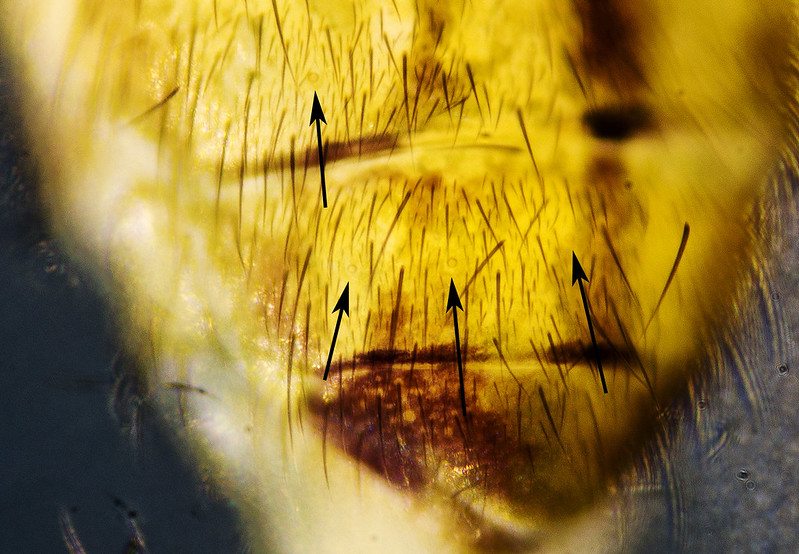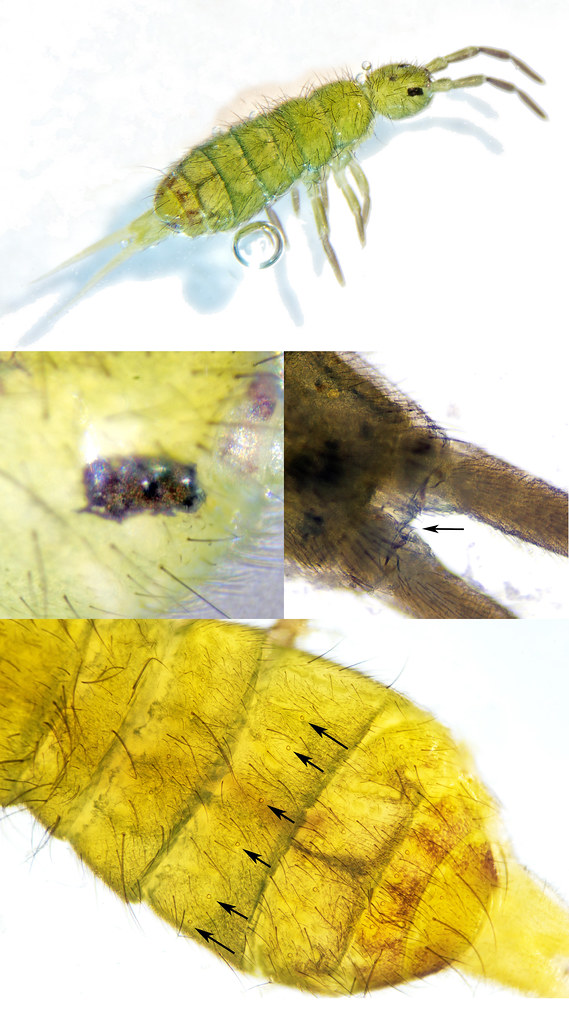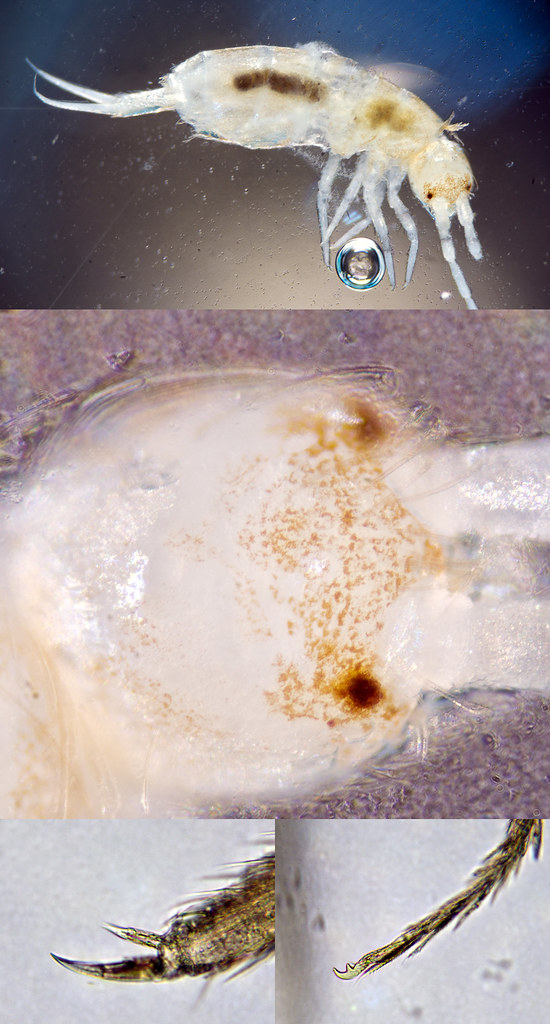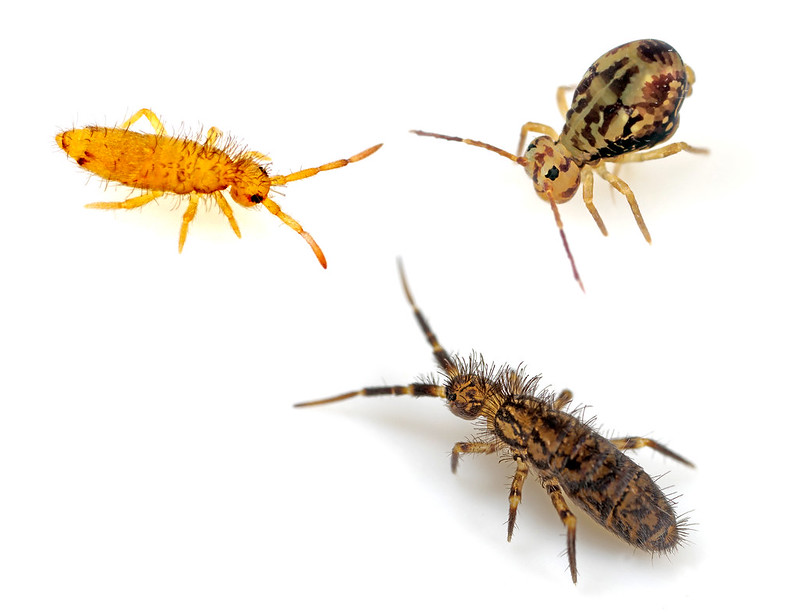Processing and storage of biological records can be haphazard, there is no one agreed standard used by all. Watsonian Vice Country Recorders use an array of different solutions to keep their records, although these ultimately (should) feed though to the network of Local Environmental Records Centres. At least some of this data may (eventually) feed through to the National Biodiversity Network (NBN) and the Global Biodiversity Information Facility (GBIF). There is no overarching, agreed software solution and no data pipeline connecting them all. There are many reasons for this, lack of funding, historical inertia, issues around data quality, ownership and reuse, etc. In the 21st Century, this is frustrating. In VC55 (Leicestershire and Rutland) we are very lucky in having two dedicated and hardworking teams involved in biological recording, NatureSpot and the Leicestershire and Rutland Environmental Records Centre (LRERC). And it feels like we’re making progress. LRERC has moved to using the ORCA (On-line Record Centre Administration) software created by Tim May of Cofnod (North Wales Environmental Information Service). Verified records from individual recorders and from NatureSpot is stored and processed using this system. Since becoming VC55 County Co-ordinator for Collembola, I have been working with the LRERC staff to investigate how I can make best use of Orca. Very generously, they have allowed the use of the VC55 Collembola data as a test case to work out a few issues around Orca, and I have just had my first experience as an Orca user. Because of resource limitation (and data issues), LRERC Orca is not publically available and access is limited to County Recorders.
As I understand it, Orca is a front end to an SQL database written in Microsoft Visual Studio by Adtec Software Ltd. LRERC Orca now has a total of 560 verified Collembola records in the system, dating from 2010-2018. Unfortunately there is no automatic pipeline from verified NatureSpot records to Orca – the transfer currently involves a manual update process. Because of the pressure the LRERC staff are under, this can only be done periodically at present. Apart from wasting resources, this is rather frustrating for me – I've already added another 50 records in 2019 - a 9% increase in the database size with 7 new tetrads covered and two new species.
Before I had access to Orca, I had no record mapping tool available other than the NatureSpot Explore All Records interface (which does not cover all the records in Orca). Given the development of Orca I was unwilling to invest time and money in a standalone system such as MapMate as this feels like a backwards step (and too scared to plunge into QGIS), and so it was the Orca mapping tools I was most eager to investigate.
Current Orca VC55 Collembola map (map and data copyright of Leicestershire and Rutland Environmental Records Centre):
It is easy to generate maps like the one above in Orca simply by using the GUI tools in the Orca front end to filter to taxon or species level and then clicking “Map filtered records”. The good things from my perspective is that it is possible to overlay the VC55 boundary onto the interactive map, which is zoomable and can be interrogated by clicking on the dots. However, one thing the basic map display does not do is classic monad/tetrad/hectad mapping. Fortunately there is a solution to this in the form of an additional Orca module called eMapper.
Orca eMapper Collembola map (map and data copyright of Leicestershire and Rutland Environmental Records Centre):
The eMapper interface is a little more complicated than the basic map display, but it’s not hard to figure out using the graphical interface tools and a bit of experimentation. The maps produced are highly configurable and fully interactive.
eMapper zoomed in (map and data copyright of Leicestershire and Rutland Environmental Records Centre):
LRERC Collembola eMapper is set up as a static page which needs to be manually updated and does not reflect changes in the live database. This isn’t too much of an issue for me as at present we are only updating records annually. However, this isn’t so great when I’m planning my field work and square bashing trips, so I feel I need a separate system to help with my personal logistics. In addition, the eMapper display is very data rich, and for some purposes it’s easier to have a much simpler dataset, so what I’ve done at present is simply to take the Orca data and add it manually to a blank VC55 tetrad map by going into “classic MapMate emulation mode”. How easy it is to keep this up to date time will tell.
VC55 Collembola tetrad map:
Overall I’m delighted with Orca and very grateful to have access to it. It is a big advance for me in terms of the tools I have available for data management. My hopes for future developments include live dynamic data updates in both the database and eMapper, although this is some way off and not on the immediate horizon. Nevertheless, life with Orca means I never have to lie awake at night again worrying that QGIS is coming to get me.
